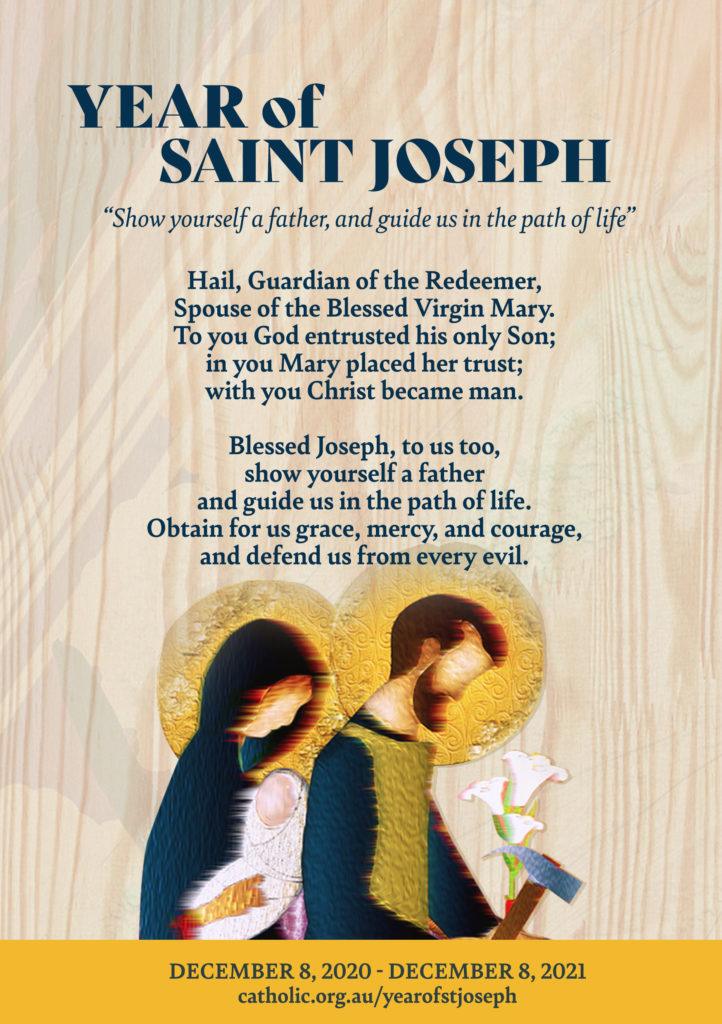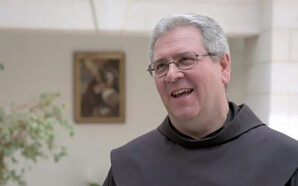There are countless persons, basilicas, churches, shrines, seminaries, convents, and even towns and cities named after St Joseph.
Who exactly is this Joseph? He is that quiet figure prominently named in the Christmas story as the husband of Mary and the stepfather of Jesus, and then basically is never mentioned again. The pious conception of him is that of an older man, a safe protector to Mary, a carpenter by trade, chaste and holy, humble and quiet, the perfect patron for manual labourers and anonymous virtue, humility incarnate.
But what do we really know about him?
In the Gospel of Matthew, the annunciation of Jesus’ conception is given to Joseph rather than to Mary: Before they came together, Mary was found to be with child by the Holy Spirit. Joseph, her husband, being an upright man and unwilling to shame her, had decided to divorce her quietly, when an angel appeared to him in a dream and told him not to be afraid to take Mary as his wife, that the child in her had been conceived through the Holy Spirit.
What can we learn from this text?
Partly it is symbolic: The Joseph of the Christmas story is clearly reminiscent of the Joseph of the Exodus story, he too has a dream, he too goes to Egypt, and he too saves the family. Likewise, King Herod is clearly the counterpart of the Egyptian Pharaoh; both feel threatened and both kill the Hebrew male children only to have God protect the life of the one who is to save the people.
But, after that, the Joseph of the Christmas story writes his own history: He is presented to us as an “upright” man, a designation that scholars say implies that he has conformed himself to the Law of God, the supreme Jewish standard of holiness. In every way, he is blameless, a paradigm of goodness, which he demonstrates in the Christmas story by refusing to expose Mary to shame, even as he decides to divorce her quietly.
What actually happened here?
The background, in so far as we can reconstruct it, to the relationship between Joseph and Mary would have been this: The marriage custom at the time was that a young woman, essentially at the age of puberty, would be given to a man, usually several years her senior, in an arranged marriage by her parents. They would be betrothed, technically married, but would not yet live together or begin sexual relations for several more years. The Jewish law was especially strict as to the couple remaining celibate while in the betrothal period. During this time, the young woman would continue to live with her parents and the young man would go about setting up a house and an occupation so as to be able to support his wife once they began to live together.
Joseph and Mary were at this stage of their relationship, legally married but not yet living together, when Mary became pregnant. Joseph, knowing that the child was not his, had a dilemma: If he wasn’t the father, who was? In order to save his own reputation, he could have demanded a public inquiry and, indeed, had Mary been accused of adultery, it might have meant her death. However, he decided to “divorce her quietly”, that is, to avoid a public inquiry which would leave her in an awkward and vulnerable situation.
Then, after receiving revelation in a dream, he agrees to take her home as his wife and to name the child as his own. Partly we understand the significance of that, he spares Mary embarrassment, he names the child as his own, and he provides an accepted physical, social, and religious place for the child to be born and raised. But he does something else that is not so evident: He shows how a person can be a pious believer, deeply faithful to everything within his religious tradition, and yet at the same time be open to a mystery beyond both his human and religious understanding.
And this was exactly the problem for any Christians, including Matthew himself, at the time the Gospels were written: They were pious Jews who didn’t know how to integrate Christ into their religious framework. What does one do when God breaks into one’s life in new, previously unimaginable ways? How does one deal with an impossible conception? Here’s how Raymond Brown puts it: The hero of Matthew’s infancy story is Joseph, a very sensitive Jewish observer of the Law. … In Joseph, the evangelist was portraying what he thought a Jew [a true pious believer] should be and probably what he himself was.
In essence what Joseph teaches us is how to live in loving fidelity to all that we cling to humanly and religiously, even as we are open to a mystery of God that takes us beyond all the categories of our religious practice and imagination.
This article is an edited version of ‘Joseph and Christmas’ from 9 December 2009.
Used with permission of the author, Oblate Father Ron Rolheiser. Currently, Father Rolheiser is serving as President of the Oblate School of Theology in San Antonio Texas. He can be contacted through his website, www.ronrolheiser.com. Now on Facebook www.facebook.com/ronrolheiser









